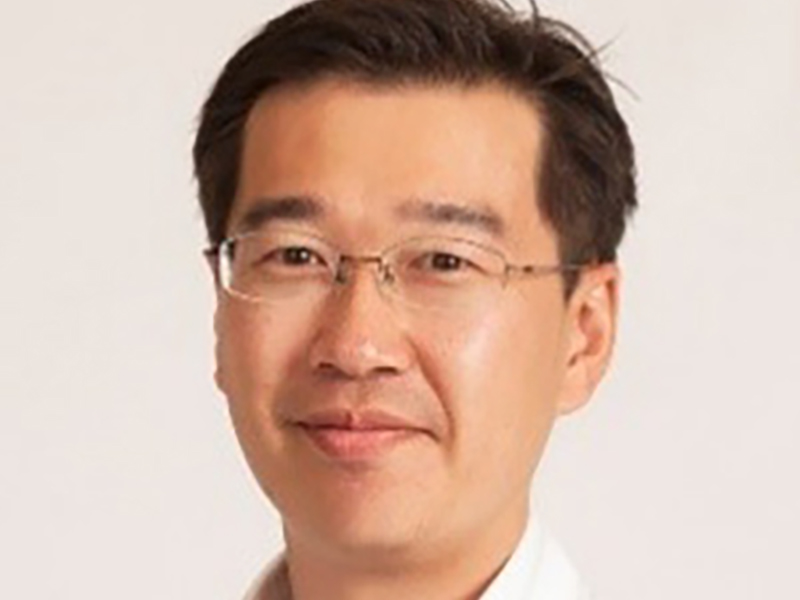The 3D printing revolution is nothing short of remarkable, including substantial waste material reduction compared to conventional, subtractive manufacturing processes.
A team of interdisciplinary researchers at Wichita State University is working to create sustainable 3D printing (also known as additive manufacturing) practices to reduce that waste, while implementing the emerging data analytic algorithm.
This project is one of four awardees of Wichita State University’s Convergence Sciences Initiative, which is an effort to bring together the intellectual curiosity and strengths of faculty and students from a range of disciplines and give them the support to develop research programs that drive the diversity and growth of the Kansas economy while addressing global challenges. Winners of the Convergence Sciences awards will be given $300,000 over three years.
Waste not

Dr. Gisuk Hwang
Dr. Gisuk Hwang, principal investigator on the project and associate professor of mechanical engineering at Wichita State, gave the example of a cup to explain why there’s so much waste in conventional manufacturing processes.
“The traditional ways of making things are based on a subtractive manufacturing method,” Hwang said. “To make a cup, you need to remove the parts that you do not need, such as the inside of cup, starting from the solid cylindrical rod. Removing the unnecessary parts generates the waste of the materials.”
Typically, he said, the parts that have been removed during the manufacturing process cannot be reused.
“However, additive manufacturing can additively build the parts that we need, which do not generate a whole a lot of waste material,” Hwang said.
Cost savings
Another problem with 3D printing is that there aren’t many options as far as materials. Hwang said the most common materials for printing are stainless steel-based material, nickel-based material and titanium. However, aluminum, magnesium and some other kinds of common material aren’t printable for required quality right now.
It comes down to money, he said. To figure out how to print these common materials, there’s got to be a significant amount of trial and error to learn the melting point and best methods, which can be quite costly and wasteful. But Hwang’s team has a solution for that.
“We’ve come up with an emerging data analytic algorithm to identify the way that we can print so that we can minimize a lot of trial-and-error practice,” he said.
Interdisciplinary approach
The 10-member convergence sciences team hails from four colleges at Wichita State (College of Engineering, College of Applied Studies, Fairmount College of Liberal Arts & Sciences, and College of Fine Arts) and three Kansas universities (Wichita State, University of Kansas, and Kansas State University). Team experts include engineers, a physicist to develop quantum-based sensors, mathematician to run simulations, a government affairs specialist to advise on environmental policy, and a STEM educator.
Hwang said the team is working to merge its members’ expertise to create an entrepreneurial incubator.
“The research component is synergistically implemented into the education component so that whatever they find from the research, we can just push for an entrepreneurship mindset to come up with innovative ideas for business and then economic activities,” Hwang said.
STEM education and outreach
On the STEM education side of this convergence sciences project is Dr. Mara Alagic, graduate coordinator for Learning and Instructional Design at Wichita State, who will be working with elementary, middle school and high school teachers and students to make geometry and additive manufacturing relatable and accessible.
“It’s very important for me as I work with teachers to bring examples that are related to real life and real needs,” Alagic said. “3D printing these days is popular and very relevant for industry in different areas, and we’re bringing that understanding to the classroom. It’s about having that connection with additive manufacturing.”
Alagic said the STEM education will extend to the university level as well. One of the goals of the project is to create STEM education degree programs at WSU.
“One of my dreams is to have Ph.D. in STEM Education at Wichita State,” she said.

